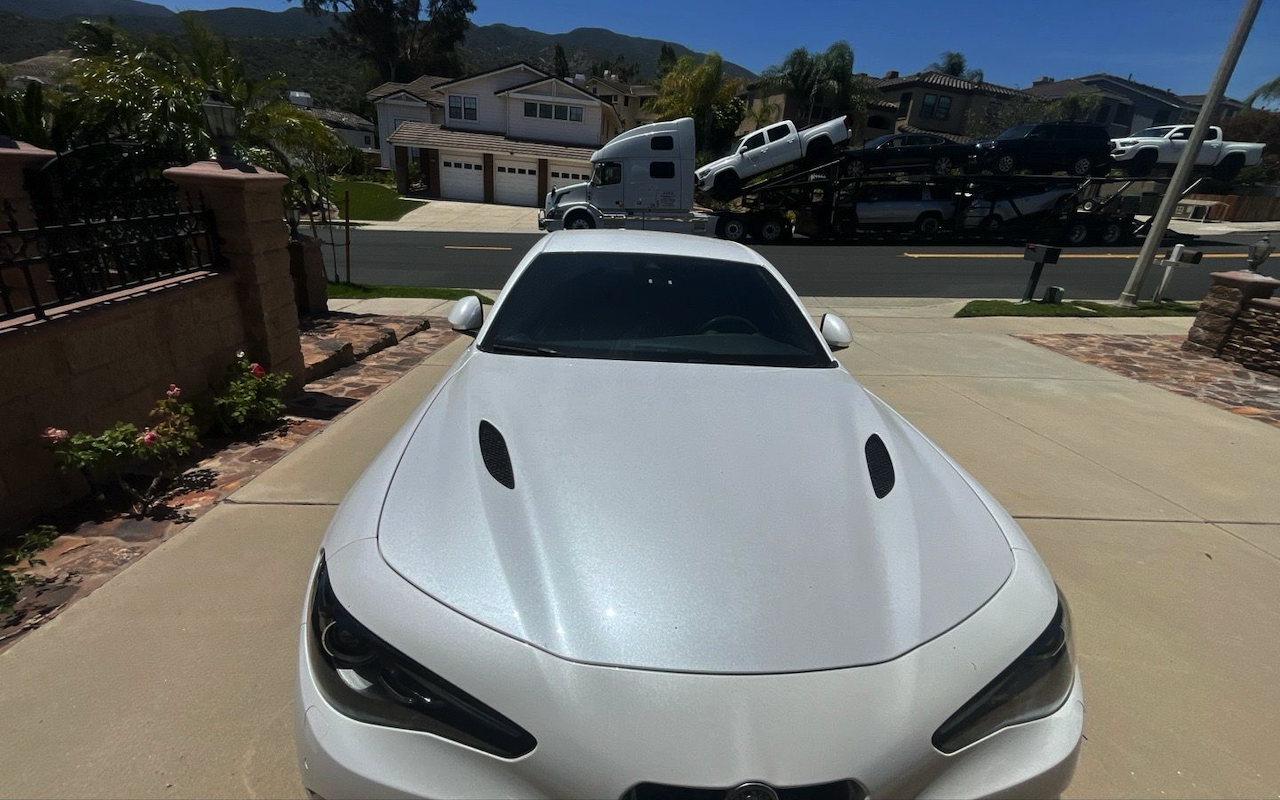
As GPS and mobile geolocation continue to reshape industries, the auto transport sector is undergoing a digital transformation. One company leading this shift is Bigfella Auto Express, which has integrated real-time tracking and live customer updates to streamline vehicle shipping nationwide.
The Problem: Lack of Visibility in Vehicle Shipping
Historically, auto transport has relied on manual updates and vague delivery windows, leaving customers uncertain about their vehicle’s location. Communication gaps between brokers, drivers, and dispatchers often resulted in delays and dissatisfaction.
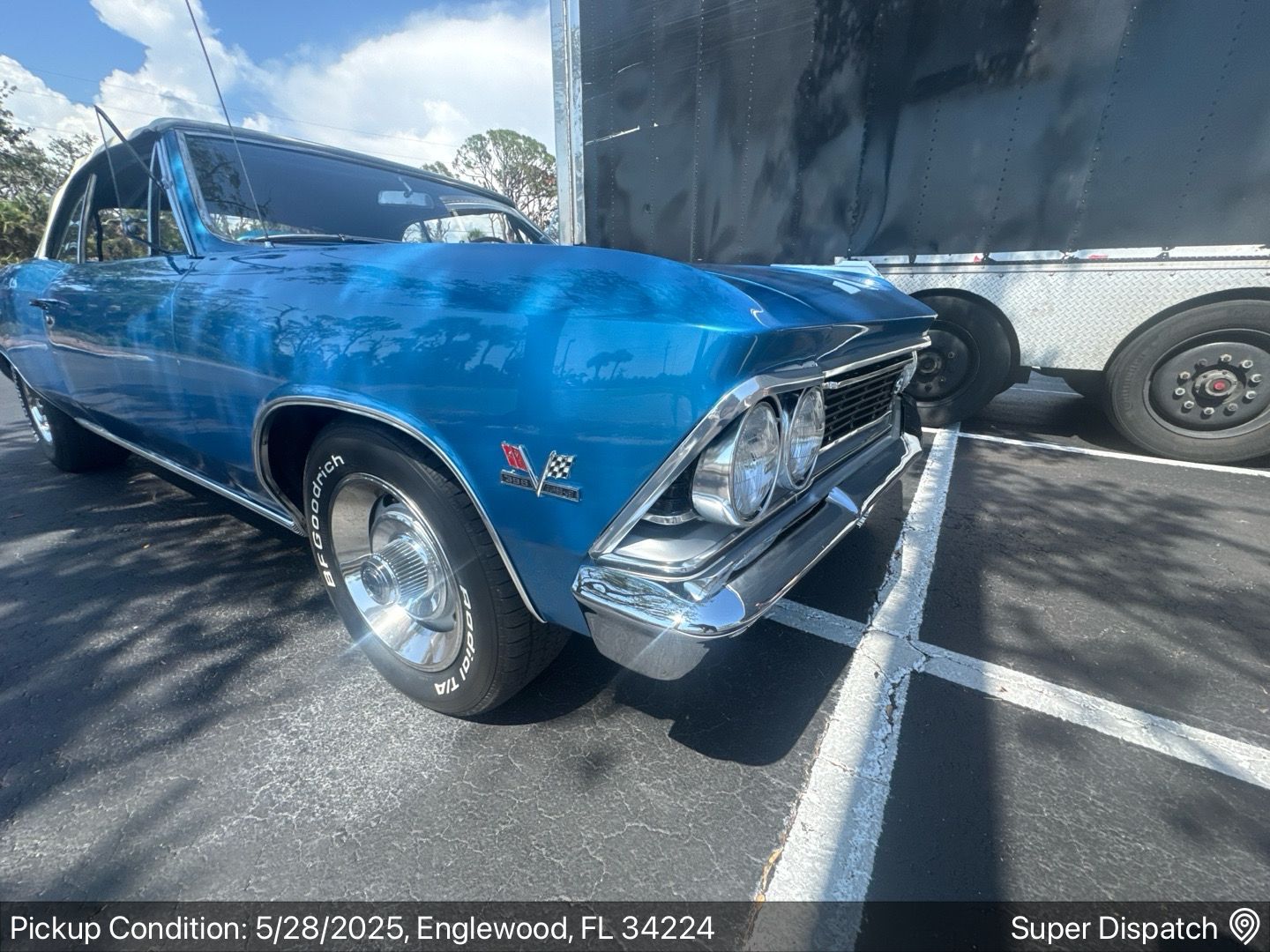
With today’s technology, that old model is no longer acceptable.
The Solution: Real-Time GPS and Customer-Facing Tracking
In modern transportation industry, Super Dispatch’s transport management system (TMS) is used to directly connect drivers through a mobile app. When a vehicle is picked up, customers receive a shareable tracking link that:
- Shows the vehicle’s live location and ETA
- Includes inspection photos, signed BOL, and shipment status
- Requires no account or app download
It’s a simplified experience designed to bring transparency to the customer—without adding friction.
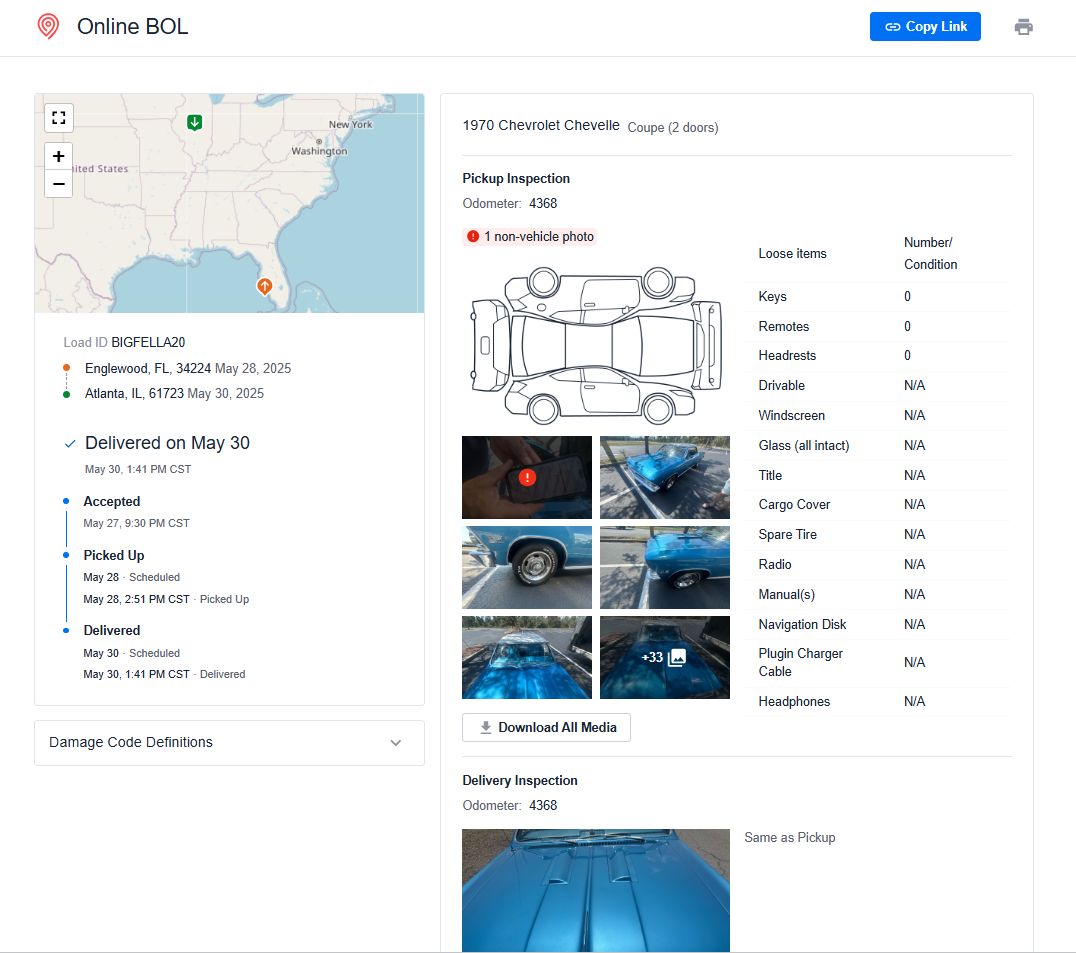
Behind the Scenes: How the System Works
GPS data from the driver’s device syncs with a central dashboard used by the dispatch team. As the driver completes each step—pickup, en route, and delivery—updates are sent automatically to the customer.
This model minimizes phone calls, prevents miscommunication, and creates a digital record of each shipment from start to finish.
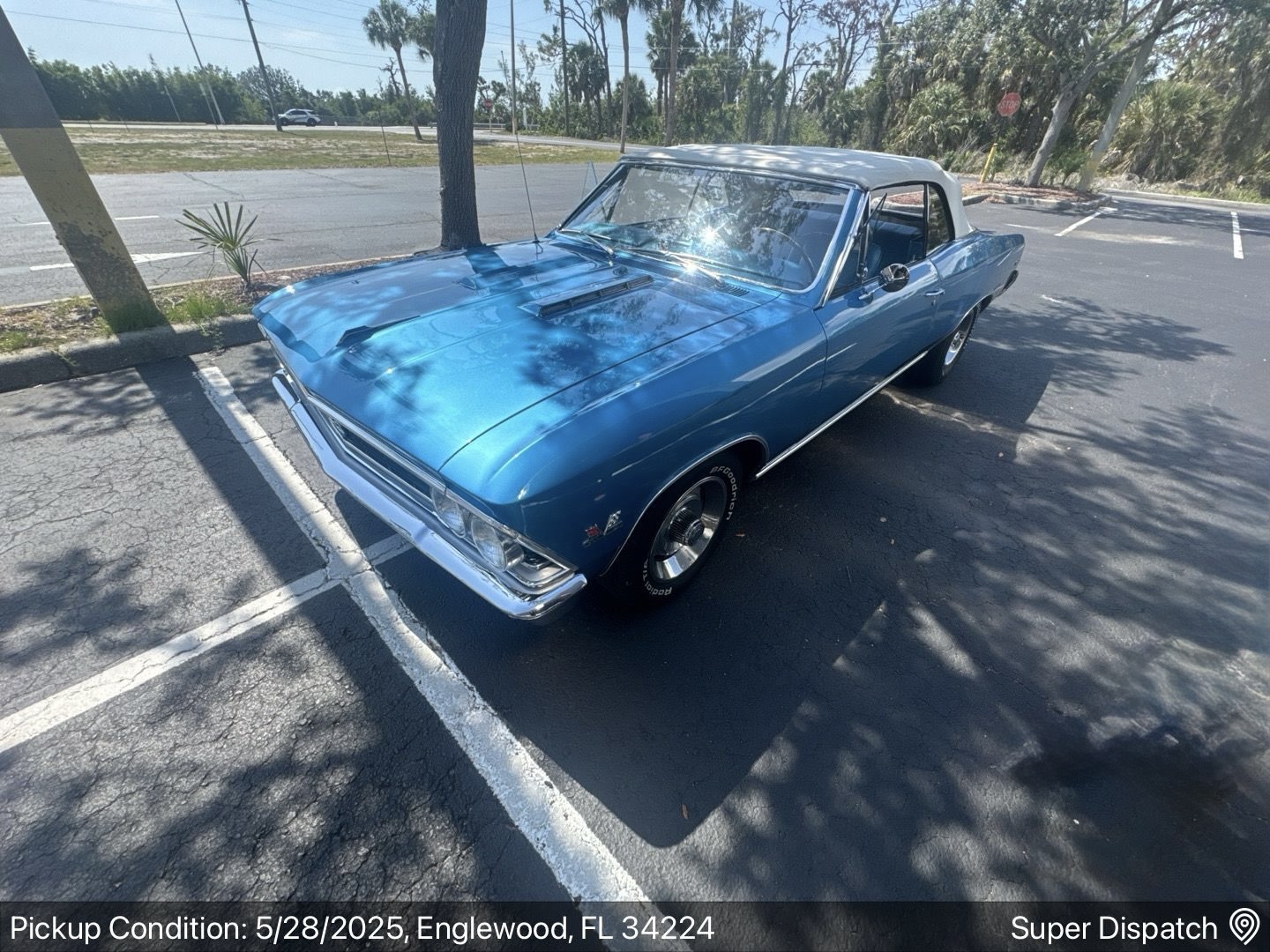
Industry Impact and Operational Gains
The use of real-time tracking has led to measurable improvements in:
- Route efficiency and load planning
- Customer communication
- Response times to delays or issues
By automating updates and centralizing information, operational standards can be improved while customer satisfaction will also increase.
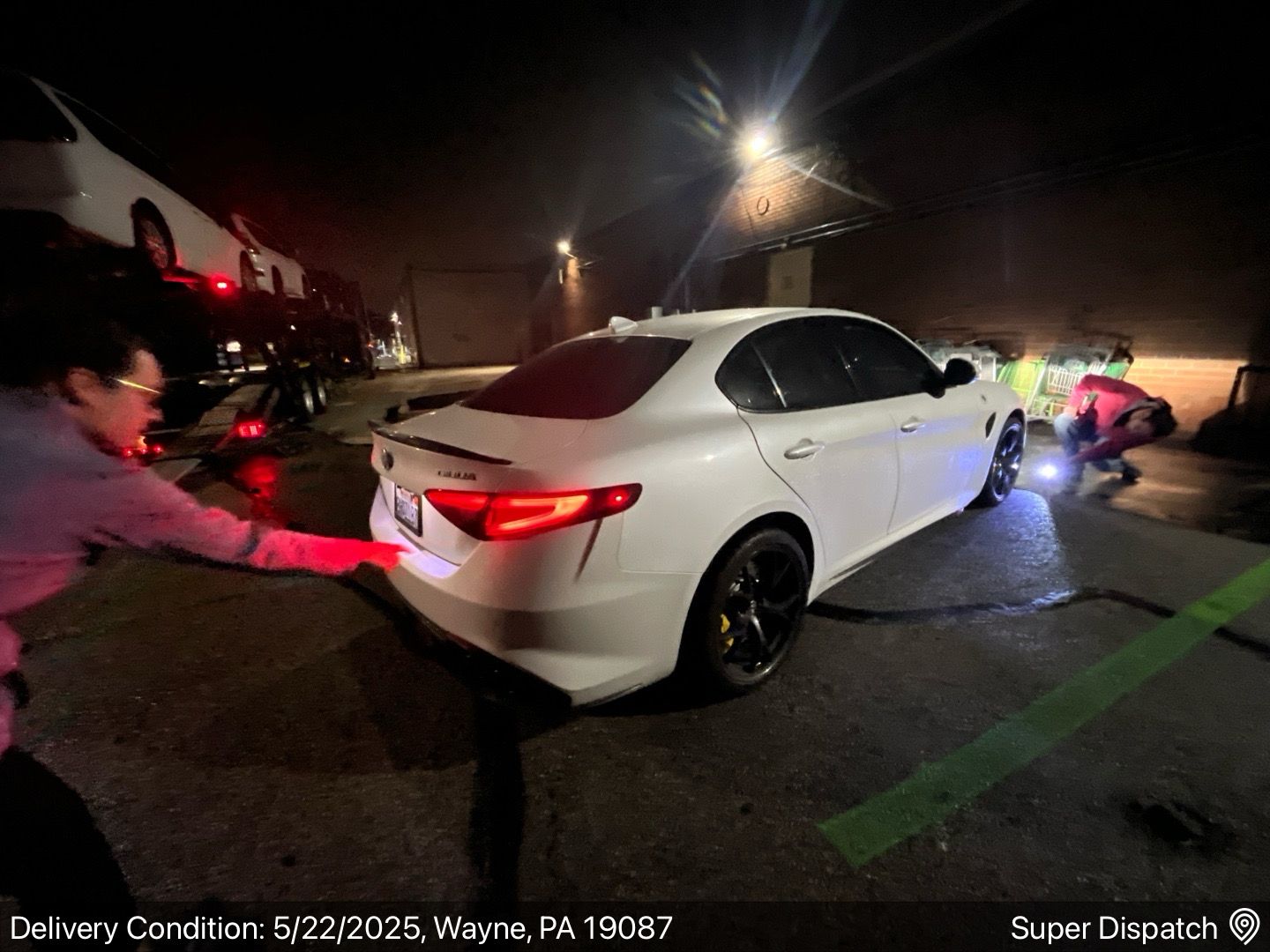
Conclusion: A Modern Approach to Vehicle Shipping
As consumers grow used to tracking everything in real time—from food to freight—the expectation for visibility extends to car shipping. This model proves that by integrating GPS, IP geolocation, and mobile-first tools, auto transport can be more transparent, efficient, and customer-friendly.
Companies that adopt this approach now will be well-positioned as industry expectations evolve. Those that don’t may struggle to keep up.
Share this post
Leave a comment
All comments are moderated. Spammy and bot submitted comments are deleted. Please submit the comments that are helpful to others, and we'll approve your comments. A comment that includes outbound link will only be approved if the content is relevant to the topic, and has some value to our readers.

Comments (0)
No comment